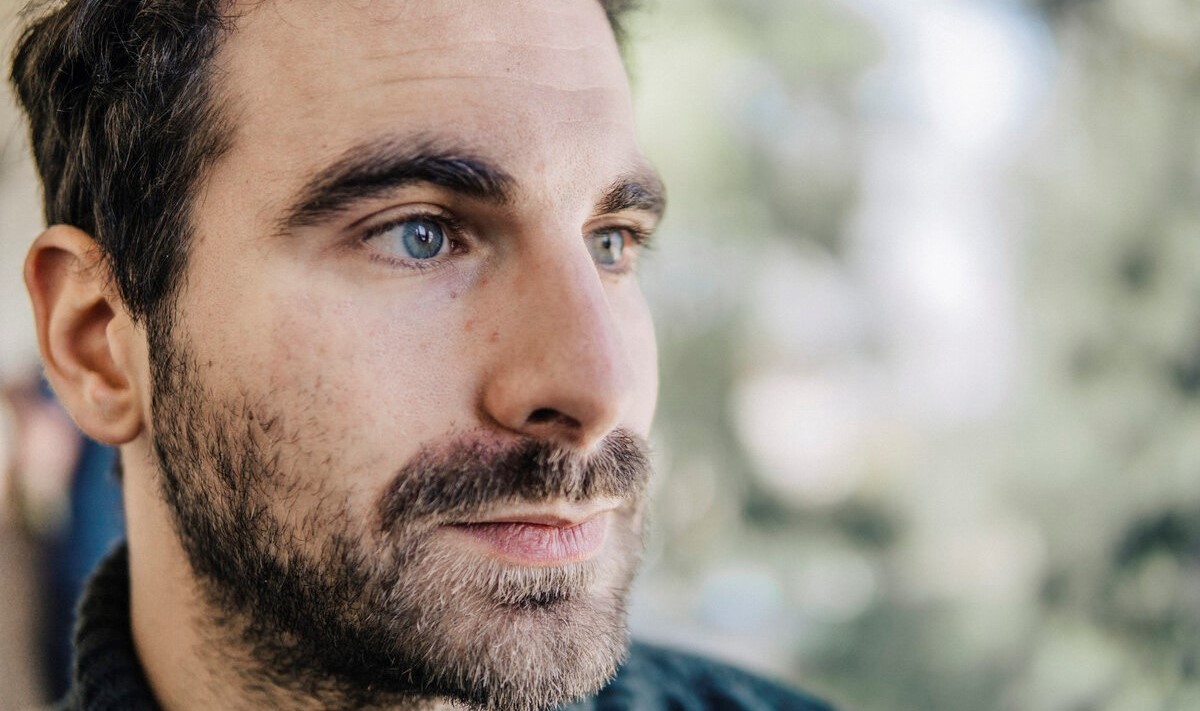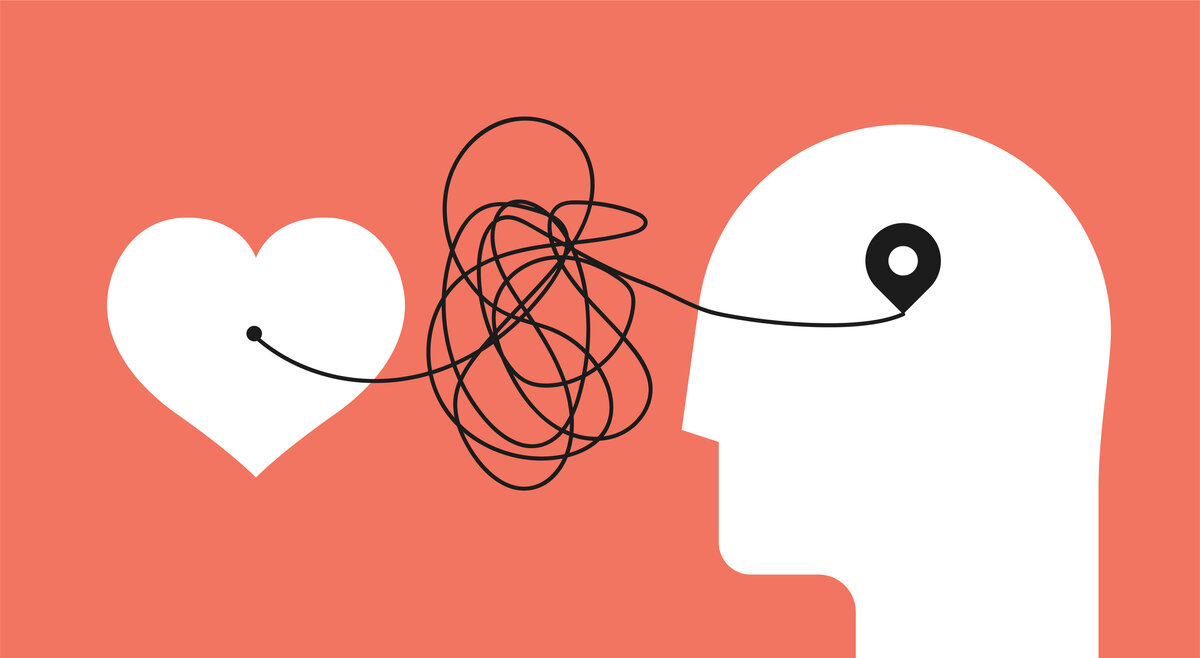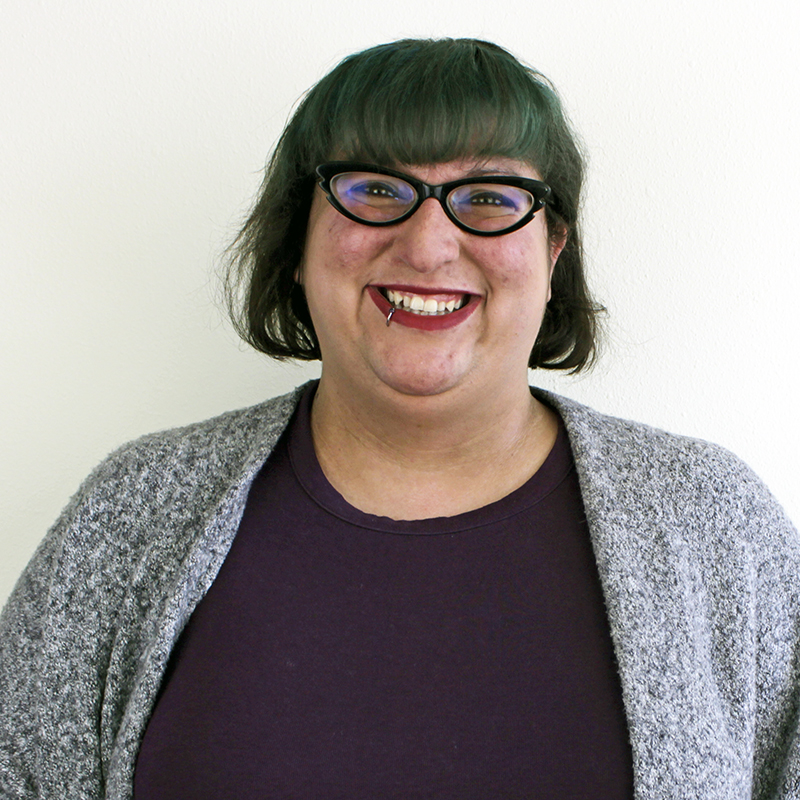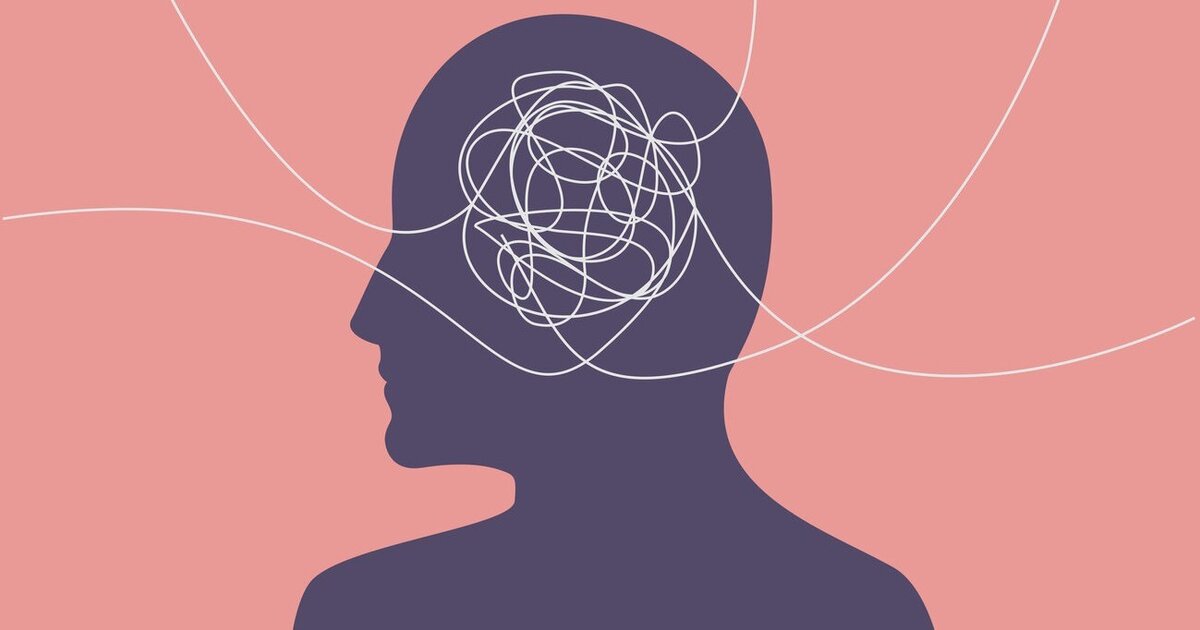Cognitive behavioral therapy (CBT) is currently implemented in mental health treatment/wellness facilities across the country. It often leads to substantial enhancement in the quality of life for many people who had otherwise been suffering for years. This therapy is especially beneficial for those who have post-traumatic stress disorder (PTSD) and addiction.
Established by Dr. Aaron T. Beck in the 1960s to treat depression, CBT has evolved. However, Dr. Beck’s theory that people benefit from identifying their problems and being made to address them logically has remained consistent. Once they logically resolved their issues, they could feel better about them emotionally, thus dramatically improving their overall outlook on life. Research has found that CBT is just as effective a method as other psychological treatments and medications are, sometimes more so.
As research has proven, up to half of substance use disorder patients also suffer from another form of mental illness as well. In this respect, CBT no longer needs to be separated to allow for treatment of addiction and then another session to address other mental health diagnoses—rather, they can be handled in tandem in the same therapeutic session. But how is this done, and how can CBT be used to treat two separate disorders at once?
The Social Stigma of Addiction and Abuse

What Is Cognitive Behavioral Therapy?
For those unaware of the definition of the treatment, fret not—there won’t be a quiz at the end of this article! This therapy is relatively new in the psychological community, as other treatments have to exist for many years to be considered “mainstream” or commonly recognized.
Three Core Principles of Cognitive Behavioral Therapy
- Mental illness/disorders are built partially on flawed methods of thinking.
- Mental illness/disorders are built partially on damaging conduct.
- Those battling mental troubles can be taught more effective coping strategies, which, in turn, lessens symptoms of their mental health disorder(s) and helps them live a healthier, happier life.
How CBT Changes Thought Patterns
- Patients identify problematic thinking (stuck points) and then examine them under the lens of logical thinking practices.
- Patients achieve a perspective more grounded in reality as to the actions and drives in others.
- Patients use logic and reason to handle difficult circumstances in life and cope with them more effectively.
- Patients achieve a higher degree of self-confidence and overall a more positive outlook on life as a result of these practices.
How It Changes Behavioral Patterns
- A call to face one’s fears instead of engaging in avoidance behavior (e.g., not talking about it, deliberately straying away from environments or people who trigger certain behaviors, etc.)
- Role-playing or imagining likely scenarios where triggers or problematic issues might arise in a safe place to prepare for them
- Learning “grounding” or other calming techniques to lessen the physiological strain/stress on the body due to mental illness or substance use disorder
While most therapists will use these methods, there isn’t a one-size-fits-all approach for cognitive behavioral therapy, or any therapy, for that matter. A therapist will sit down with the patient and develop the best strategy, so the patient is involved every step of the way.
There is a particular emphasis by therapists in CBT for the patient to take the therapist’s role in many situations, giving them the reins/control over their own treatment. This is done in various ways but, most notably, by giving the patient work to do independently (homework). Giving them jobs to do on their own gives the patient a sense of independence and control and gives them a method to further look at their situation logically when presented in front of them in black and white.
While therapists need to gather general historical information on a patient, prominence isn’t put on the past so much in CBT but rather how the patient copes with issues that arise or are exacerbated by their mental illness in the present.
In the years since it was first introduced to the public, Dr. Beck’s methods have undergone rigorous testing and data collection with over 2,000 studies by various groups. The Beck Institute in Pennsylvania continues to study this healing system to develop new approaches. At Sage Neuroscience, we pride ourselves on being at the forefront of this highly praised and sought-after therapy, ensuring our staff and therapists are apprised of all best methods, new data, and peer reviewed research papers published in medical journals.
Using Cognitive Behavioral Therapy to Treat Dual Diagnoses

Like snowflakes or fingerprints, every individual is a distinctive and remarkably different person, even within the same family. Genetic predispositions to certain mental health issues might exist in a parent and one child but not another child within the same family; conversely, one person in a family might be the only one afflicted with a disorder because it is rare within the genetics of that family. It is not good or bad luck, however, but rather science.
The Brain—a Powerful Organ
The brain itself is a fascinating organ in our body and controls all the other organs’ functions. Eating, drinking, walking, breathing, and sleeping are all controlled in the gray matter. And not just our physical being, our feelings and emotions are linked to the brain as well. When someone goes through a particularly acrimonious breakup, some have reported that their heart physically hurts (otherwise known as heartache); with such a phenomenon, it is little wonder that physical and mental health are so closely tied together; sharing the brain is their common denominator.
Much like a mainframe of a computer (the design itself modeled after the human brain), when something is out of place or corrupted within the system, it can affect one or many different functions in the computer.
How the Brain Perceives Reality

The Stigma of Co-Occurring Mental Illness Diagnoses
This is where the stigma of mental health is doubly pernicious for co-occurring diagnoses. A person suffering from depression who drinks to cope with that issue most likely knows that drinking to excess is not healthy physically or mentally. Because of their depression, they do not think they are personally worth the effort of having good health or a healthy lifestyle.
A person who does not know them or knows them and simply does not understand will see a drunk or a loser. This could not be further from the truth. The people suffering from these maladies are not evil, bad, or morally repugnant, but rather a product of trying to alleviate or treat their symptoms with mind/mood-altering substances.
There are countless reasons (not excuses—note the distinction) people might turn to illicit or illegal substances to cope with their co-occurring disorders. When this happens, they have two mental illnesses (dual diagnoses) with which to contend. Because of the physiological and psychological hold substance use disorder can have on a person and the pernicious societal stigma of mental illness in general, it is little wonder most people do not seek treatment on their own.
To counteract these effects, it seems apparent, even extremely important, that these disorders be treated in conjunction with one another and done with the greatest of care. CBT is, to date, the most effective treatment available for those with co-occurring diagnoses.
Effectiveness of CBT with Co-Occurring Diagnoses
What makes CBT so effective in treating dual diagnoses in a patient is that they are often linked to one another. Like one of the many talented and learned staff of Sage Neuroscience, a therapist will try to establish rapport with the patient first, laying the groundwork for any subsequent treatment.
Methods employed after that are much like CBT under a singular diagnosis, except that the therapy tackles two issues at once and how they contribute to one another. The goal, in the end, is to create new neural pathways and erase old coping mechanisms used to treat the problem (usually substance use disorder or related to that) and other unhealthy behaviors.
Find Freedom From Dual Diagnosis With Sage Neuroscience Center

For over 15 years, Sage Neuroscience Center has been aiding and healing adolescents and adults alike with substance use disorder and behavioral/emotional health concerns (e.g., depression, anxiety, PTSD).
If you or someone you know might benefit from cognitive behavioral therapy for a co-occurring diagnosis or any of our other therapies and programs available, please give us a call so we can help put you or your loved one on the road to recovery. We are also reachable electronically through our website contact form.
Reach out to Sage Neuroscience Center today—we are so eager to connect with you and start you on the path to freedom from mental and substance use disorders.

Therapist & SUDS IOP Facilitator
Andrea Gonzales is a Licensed Substance Abuse Associate who is currently going to school to be a Licensed Mental Health Counselor. She specializes in LGBTQI+ issues. In her free time, Andrea enjoys karaoke and crafts like crocheting. A fun fact about Andrea is she used to work as a preschool teacher and she uses the patience she learned in that position in her practice today.
Read Andrea’s Full Bio | Browse All Articles Written by Andrea Gonzales
